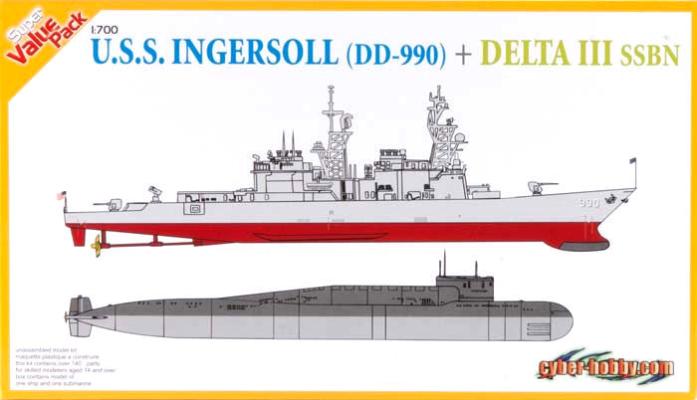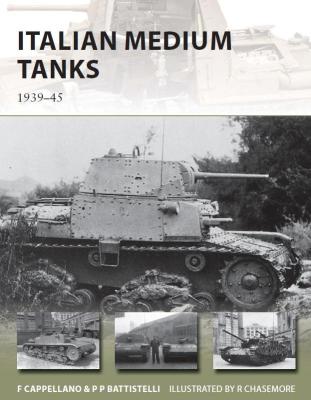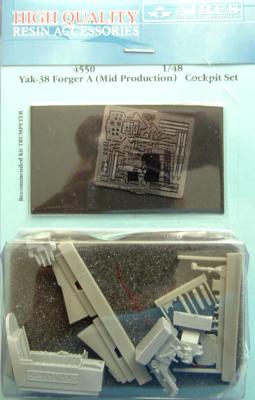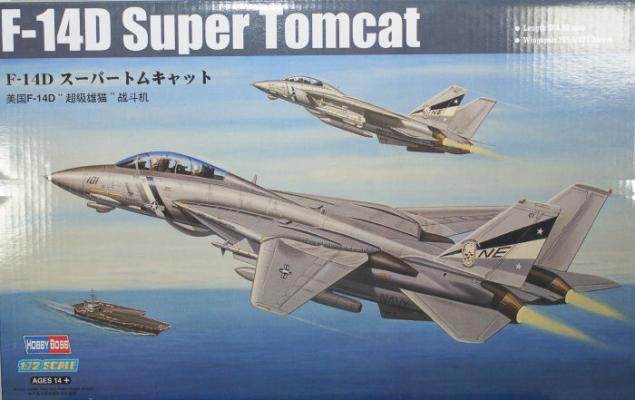Even with all of the modern molding technology available now, plastic has its limits as to how thin and how small details can be made and still be moldable. Pitot tubes and AOA (Angle of Attack) sensors are where this shows the most on scale model kits. Take a kit that is nearing 30 years old, and it becomes grossly apparent that something must be done to improve these details, and for the most part these small details can make an old school model seem new again.
Welcome to the IPMS/USA Reviews site!
Introduction: The primary organization of the IPMS/USA Review website is by IPMS/USA National Contest Class. Within each Class there are sub-menus by kits, decals, books, etc. The Miscellaneous Class is for items that are not class specific or that cross two or more classes.
IPMS/USA Members: We encourage you to submit reviews, both here and to the Journal. To volunteer for membership in the IPMS/USA "Reviewers Corps" and submit your own reviews, please read the Guidelines For Submitting Product Reviews.
Manufacturers, publishers, and other industry members: IPMS/USA is pleased to offer your company the opportunity for product reviews. All product reviews are performed by IPMS/USA members, and are posted in the publicly-accessible section of our website. With very few exceptions, we perform full build reviews of new kit releases, aftermarket products, and supplies. If you would care to provide product samples for review, please contact John Noack, IPMS/USA 1st VP.
To learn more about IPMS/USA, please see our About Us page.
History
The USS Ingersoll was Spruance-class destroyer commissioned in April, 1980. During her short career, the Ingersoll was involved in a collision with a Pakistani oil tanker in the Straits of Malacca. Even though the Ingersoll was one of the newest ships in class, it was one of the first decommissioned. The Ingersoll was sunk as a target in July, 2003.
The Delta III class Russian submarine was first commissioned in December, 1976. There were a total of fourteen produced. As of 2008, six Delta IIIs were active. The model in the box seems to be just a generic representation of the Delta III submarine verse a specific vessel.
The Kits
The Ingersoll kit appears to have been a combination of kits that Dragon had produced. Included in the kit were a USS Ticonderoga plate and several deck options that were not used.
Osprey Publishing continues expanding its New Vanguard Collection. This is the issue 195 of this line and it is devoted to the Italian Medium Tank.
The book sections covers the characteristics of the Medium Tanks (M 11/39, M 13/40, and M 14/41), plus a brief section on the Heavy Tank (P 40). It also includes the self-propelled guns that were based on the above-listed chassis. Later in the book there are two sections devoted to Italian armor in combat (both with the Italian Army and under German service). It finalizes with a brief chapter devoted to camouflage and markings and a section on surviving vehicles at different museums.
The Yak-38 Forger was considered by many to be the Soviet Harrier. Like in the West, Soviet aircraft design bureaus were fascinated by the potential of VSTOL aircraft and undertook their own developmental efforts. The Forger was borne out of a requirement for a VSTOL fighter for the Soviet Navy to take to sea on the Kiev Class ships. The Kiev Class was technically not an aircraft carrier, but instead described as a heavy anti-submarine cruiser and, later, a tactical aircraft-carrying cruiser. The Forger was used both for air defense and in a short-range anti-ship role. Unlike the Harrier, the Forger did not survive the Cold War. The plane was functionally obsolescent and work was well underway on its replacement, the Yak-141 Freestyle, when the collapse of the Soviet Union heralded the retirement of the Kiev Class and the need for a VSTOL fighter.
One of the newest additions to the fleet of available 1/72 scale F-14D Tomcats is the offering by HobbyBoss. The kit is comprised of one hundred and six individual parts, and they assemble to make a fair representation of this iconic aircraft that was retired from service in 2006. This kit provides the markings for three different aircraft, representing Fighter Squadron 2 serving aboard the USS Constellation (in both low and high visibility) and Fighter Squadron 31 aboard the USS Theodore Roosevelt. Assembly was for the most part easy, making this a kit that I would recommend for anyone who wants to add a mighty Tomcat to his fleet of aircraft.















